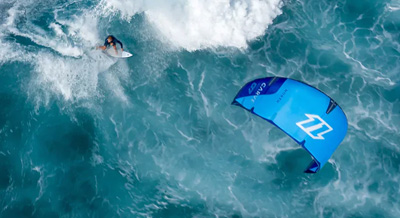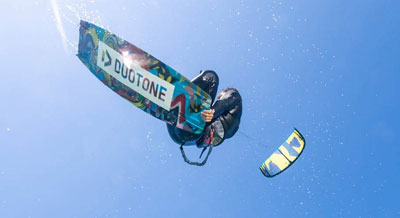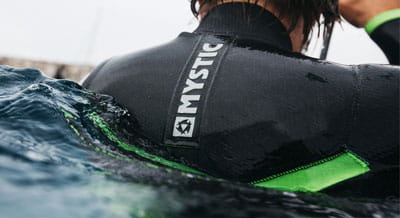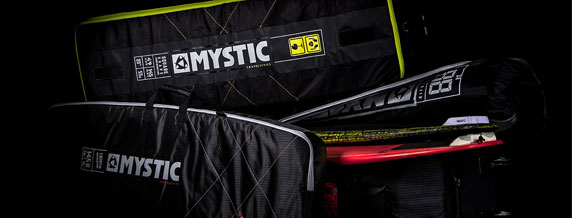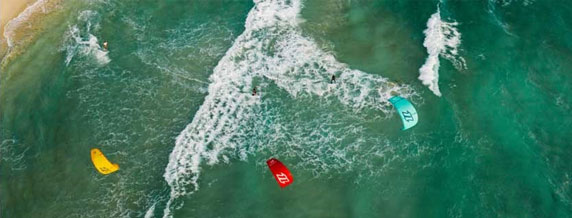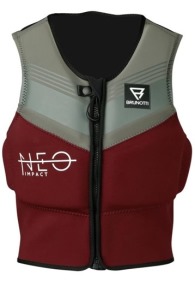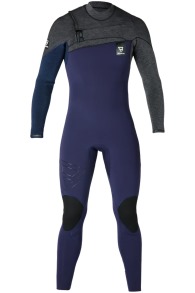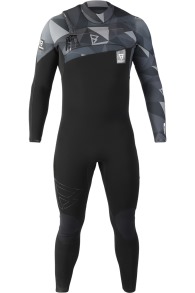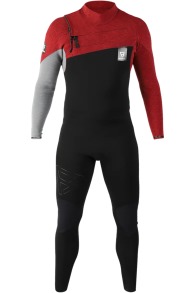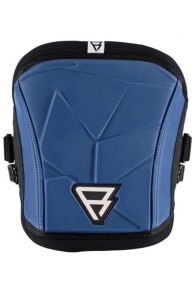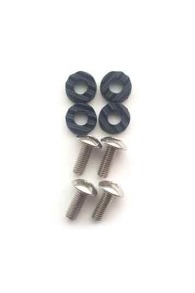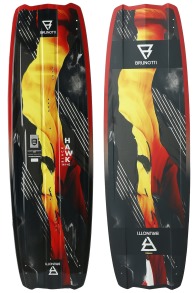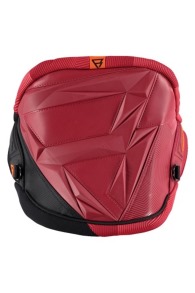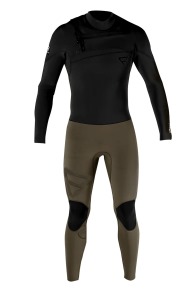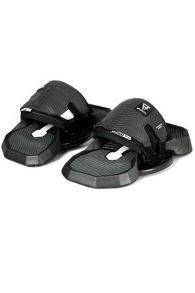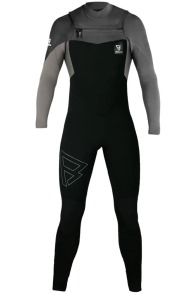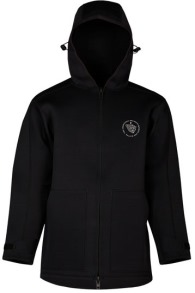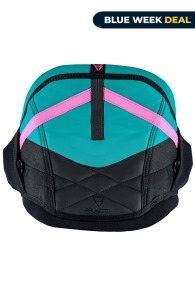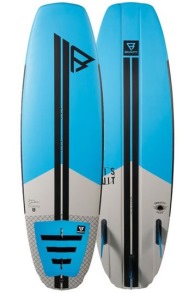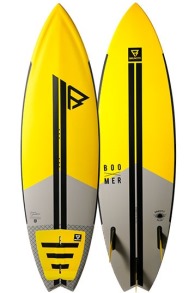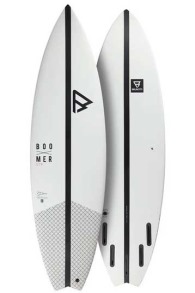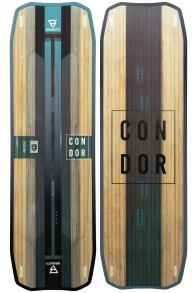Brunotti
Brunotti is a kitesurfing brand that has been producing beautiful accessories for kitesurfing for years. A well-established Dutch surf brand that has become known in the kitesurfing world by making beautiful harnesses, wetsuits and kiteboards. Brunotti has a large line of twintip kiteboards, surfboards and a hydrofoil. In addition, Brunotti makes various different neoprene items such as wetsuits, shoes, caps and gloves. Brunotti stands for adventure and the surf lifestyle. We have the entire collection of Brunotti Kiteboarding online. Do you have a question about Brunotti kiteboards or accessories? Call or email us! Read more. »
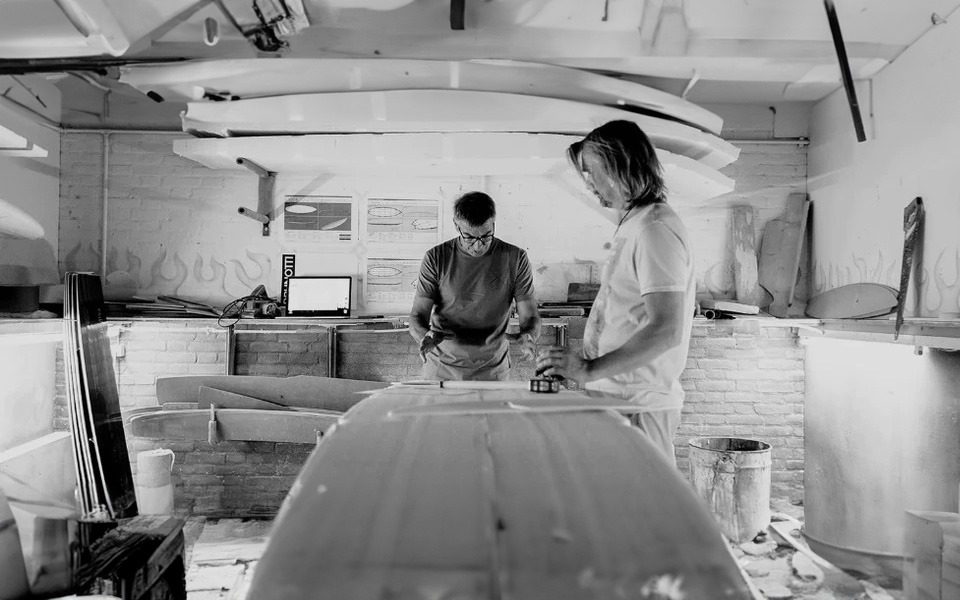
Brunotti
Brunotti is a kitesurfing brand that has been producing beautiful accessories for kitesurfing for years. A well-established Dutch surf brand that has become known in the kitesurfing world by making beautiful harnesses, wetsuits and kiteboards. Brunotti has a large line of twintip kiteboards, surfboards and a hydrofoil. In addition, Brunotti makes various different neoprene items such as wetsuits, shoes, caps and gloves. Brunotti stands for adventure and the surf lifestyle. We have the entire collection of Brunotti Kiteboarding online. Do you have a question about Brunotti kiteboards or accessories? Call or email us! Read more. »
Buy Brunotti Kite accessories and boards Online
Brunotti Kitesurfing History
Brunotti was founded in 1979 by windsurfer and board shaper Claudio Brunotti. Claudio Brunotti is an Italian who came to the Dutch coast to windsurf, Scheveningen to be precise. The Dutch coast is not known for its beauty, but because of the perfect conditions for windsurfing at that time. Claudio Brunotti made his own windsurfboards and sold them in the vicinity of Scheveningen. During the time that Claudio Brunotti stayed in Scheveningen, the beaches looked white from the windsurf boards. In 1983, the world windsurfing championships were held in Scheveningen, where 100,000 people came to see those races in those days. This gave positive boots to the sale of Brunotti his windsurfing boards. Besides windsurfing boards, Brunotti went on to sell T-shirts that quickly became collectors items and the clothing branch of Brunotti was born. In 1990, Claudio started producing and selling Brunotti winter sports clothing.
It was in 1997 that Claudio Brunotti gave the shaping and design of the boards to the Dutchman Jinne Sietsma, a real Scheveningen local surfer. Jinne had learned all ins and outs from Brunotti about shaping boards and was the right person to take over shaping. Claudio himself left for Italy again. Jinne saw the potential of kitesurfing and in 1997 was the one who shaped and produced the first kiteboard for Brunotti, Brunotti Kiteboarding was a fact. For Brunotti it is important that the products fulfil the needs of the athlete. That is why Brunotti has had an RDP line since 2005. RDP stands for Rider Developed Product. These technical products have all the features and characteristics that you want to have as a kite surfer, windsurfer or snowboarder in your wetsuit, harness or other accessory. Nowadays, Brunotti has grown into a global company that sells in 38 countries with 50 employees worldwide. The head office of Brunotti is in the Netherlands, Amersfoort. Since 2017 Brunotti also has an office in Scheveningen to work as close to the water and the history of Brunotti itself.
Buy Brunotti Kiteboard
Buy Brunotti Directional
Buy Brunotti Wetsuits
Buy Brunotti Kitesurf Harness
Brunotti Kitesurf Shop Online
You have no product(s) in you basket.
Weet je niet waar je moet beginner?
Contact our customer service for advice

